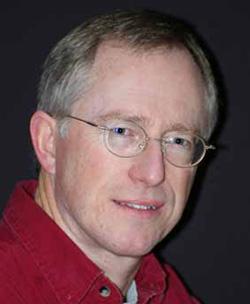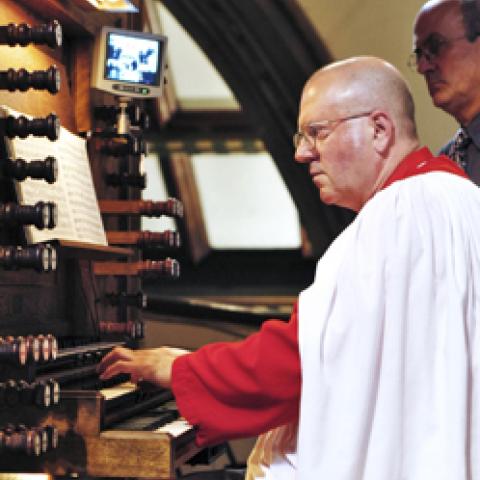
The Royal Canadian College of Organists (RCCO) has appointed Nicholas Fairbank as its new national president. The appointment is for a two-year term, until July 2014.
Nicholas Fairbank was born and raised on Canada’s west coast. He studied organ with Suzanne Gibson and Patrick Wedd in Vancouver, with Richard Popplewell in London (U.K.), and with Naji Hakim in Paris, France. He holds associateship diplomas in organ performance from the Royal Conservatory (RCM gold medal 1981) and the RCCO (Willan Prize 1998), and master’s degrees from UCSB (French), the Université de Paris VIII (musicology), and the University of Victoria (music composition).
Fairbank is presently on the faculty of the Victoria Conservatory of Music, where he teaches organ and harpsichord. He is also a piano and organ examiner for the Royal Conservatory of Music and an Associate Composer of the Canadian Music Centre. As an organ recitalist he has performed across the country, in Europe, and in Mexico.



